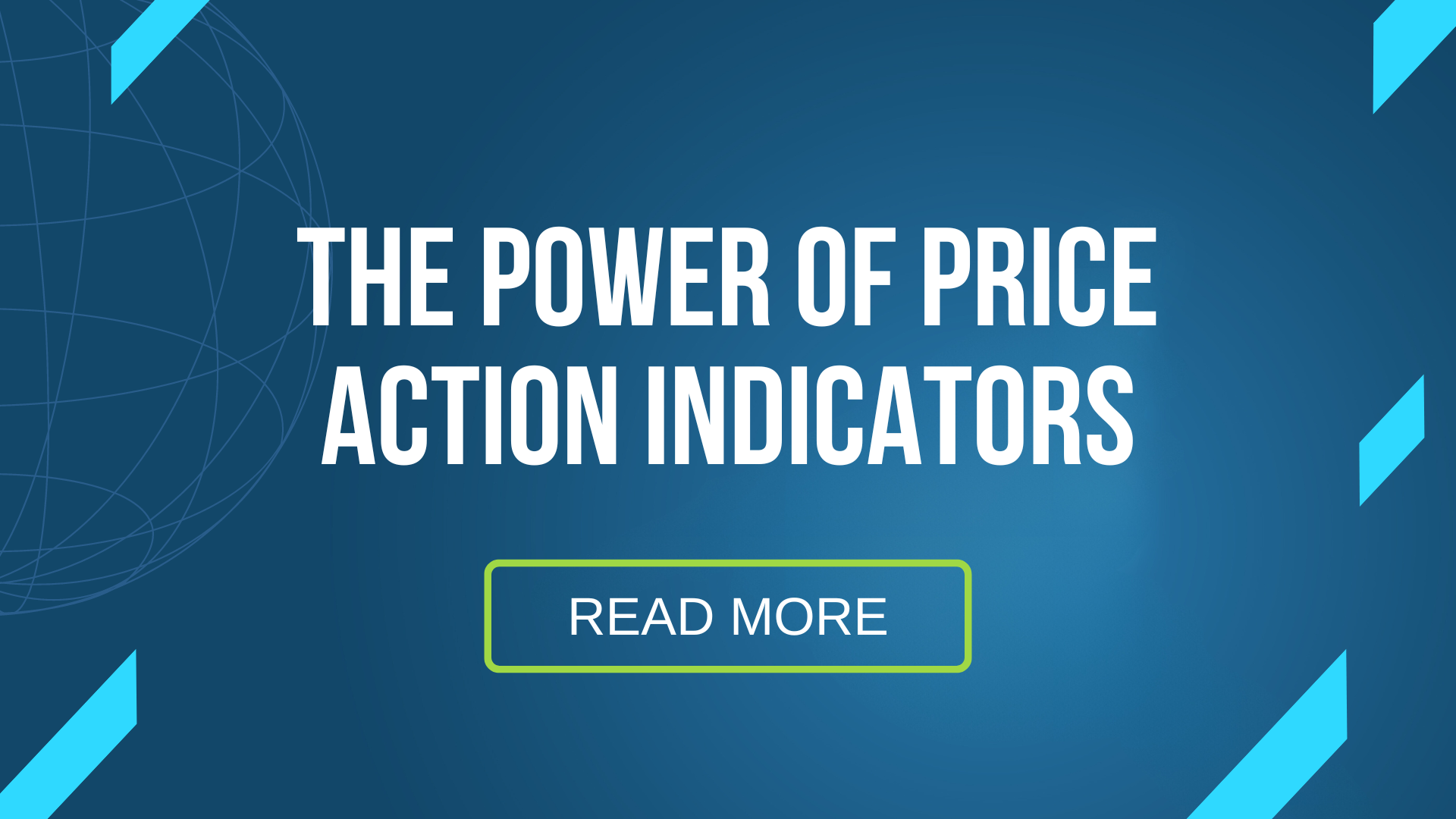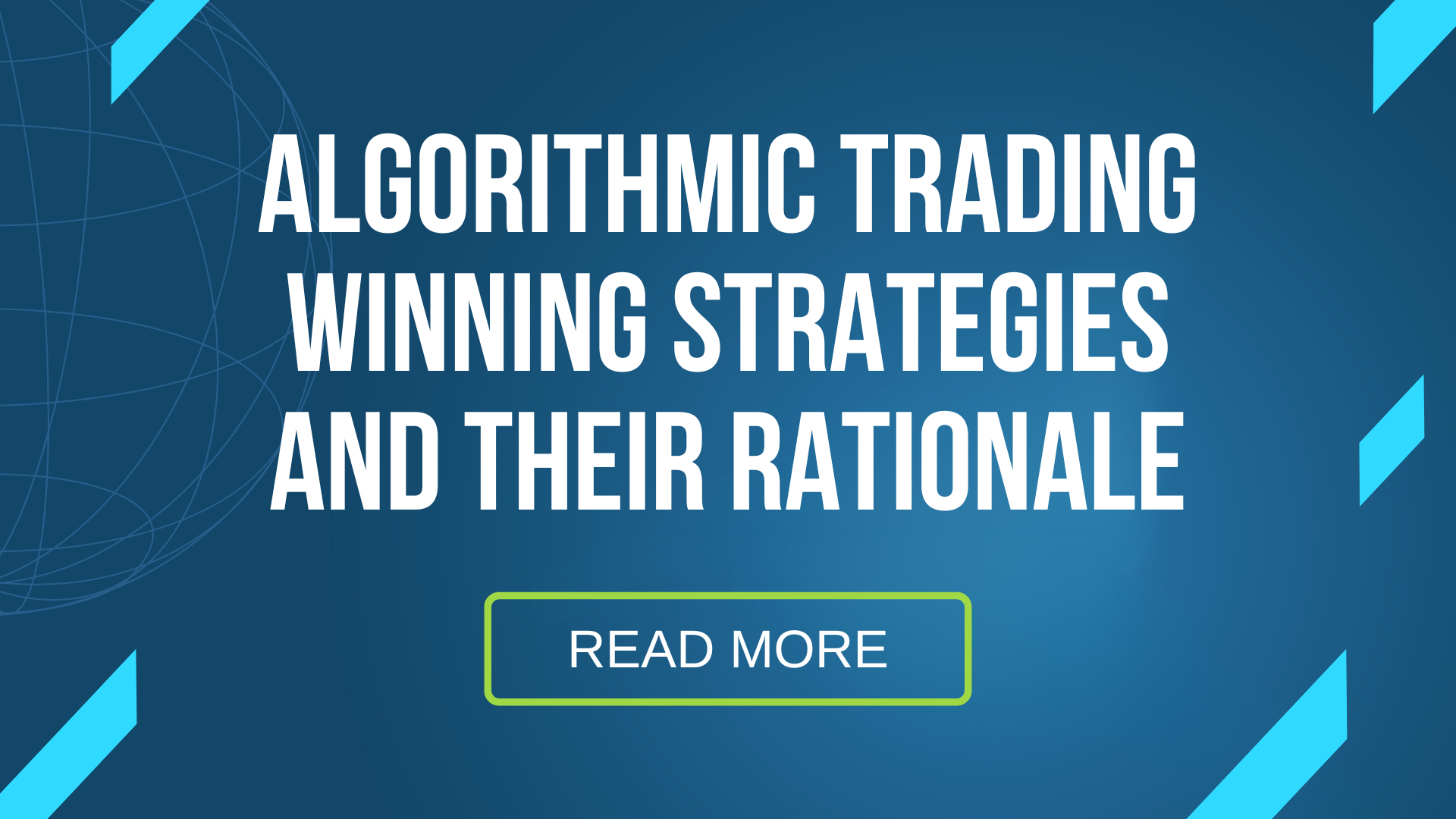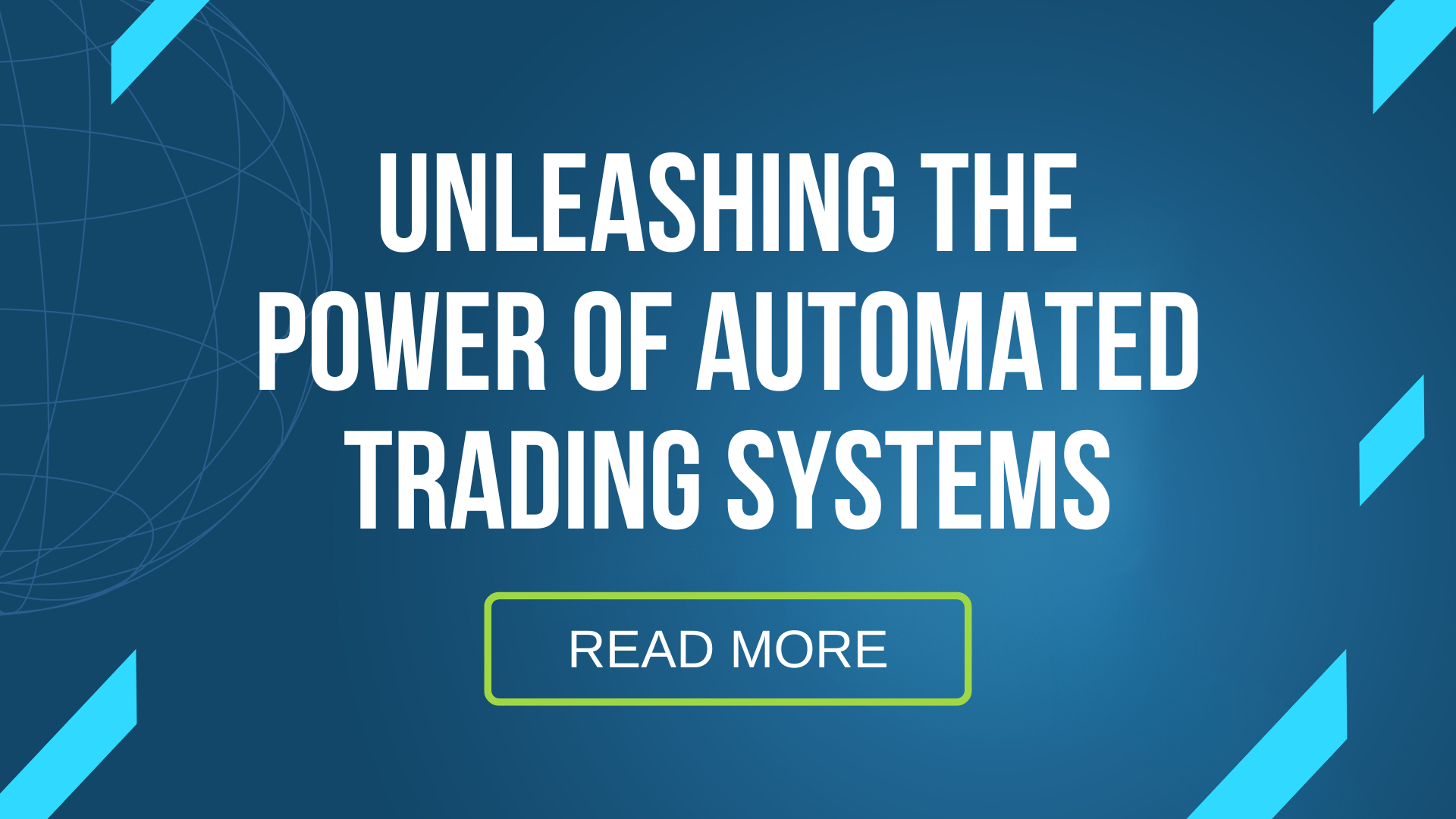
Price action indicators serve as invaluable tools for traders seeking to decipher market dynamics and make informed trading decisions. In this comprehensive guide, we’ll delve into the world of price action indicators, uncovering their significance, exploring advanced techniques, and identifying top indicators to help you gain a competitive edge in the dynamic world of trading.
Understanding Price Action Indicators
Price action indicators are technical tools used to analyze price movements and identify potential trading opportunities based on market trends and patterns. Unlike traditional indicators that rely on mathematical calculations or algorithms, price action indicators focus solely on price movements and chart patterns, providing traders with valuable insights into market sentiment and direction.
Advanced Techniques for Price Action Analysis
Advanced traders utilize a variety of techniques to analyze price action and identify high-probability trading setups. These techniques may include trend analysis, support and resistance identification, candlestick patterns, and chart patterns such as head and shoulders, triangles, and flags. By combining multiple price action indicators and techniques, traders can gain a deeper understanding of market dynamics and make more informed trading decisions.
Practical Applications of Price Action Indicators
Price action indicators have a wide range of practical applications in trading, including trend identification, entry and exit signal generation, and risk management. Traders use price action indicators to confirm trends, identify potential reversal points, and time their trades for optimal entry and exit points. Additionally, price action indicators can help traders manage risk by setting stop-loss orders and determining position sizes based on market volatility.
Top Price Action Indicators
There are numerous price action indicators available to traders, each with its own unique characteristics and advantages. Some of the top price action indicators include:
- Moving Averages: Moving averages are widely used to identify trends and smooth out price fluctuations, making them valuable tools for trend analysis and trend-following strategies.
- Bollinger Bands: Bollinger Bands are volatility-based indicators that consist of three bands – a middle band and two outer bands – that envelope price movements. Traders use Bollinger Bands to identify overbought and oversold conditions and potential trend reversals.
- Support and Resistance Levels: Support and resistance levels are key price action indicators that represent areas where price tends to stall or reverse. Traders use support and resistance levels to identify potential entry and exit points and set profit targets and stop-loss orders.
- Candlestick Patterns: Candlestick patterns, such as engulfing patterns, doji, and hammer, provide valuable insights into market sentiment and direction. Traders use candlestick patterns to identify potential trend reversals and continuation patterns and make informed trading decisions.

Conclusion
Price action indicators are essential tools for traders seeking to gain valuable insights into market dynamics and make informed trading decisions. By understanding the significance of price action indicators, exploring advanced techniques, and identifying top indicators, traders can enhance their trading performance and achieve consistent profitability in the dynamic world of trading. Whether you’re a beginner or an experienced trader, incorporating price action indicators into your trading strategy can help you gain a competitive edge and unlock greater profit potential.











